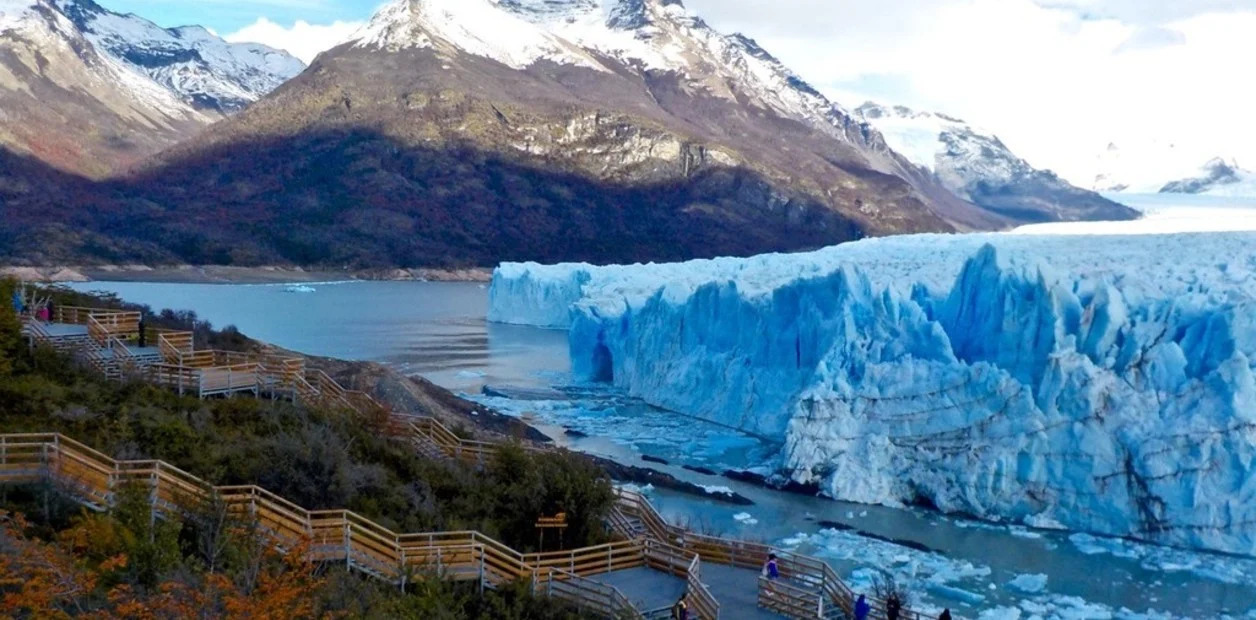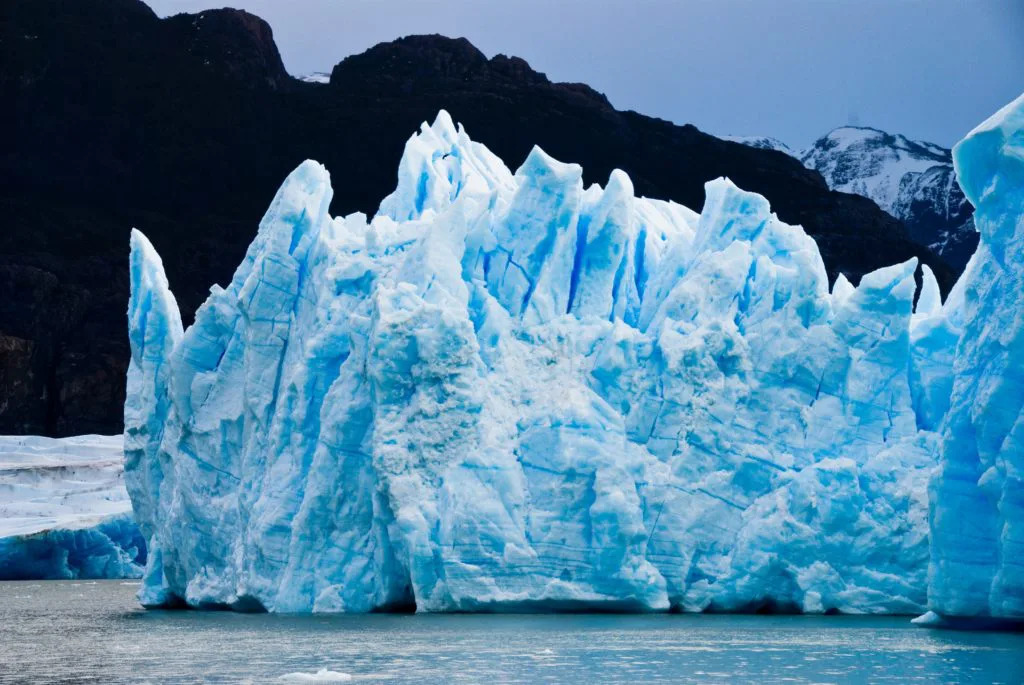
- Sustainable Planet -
- 6mins -
- 503 views
Chile creates a National Park to save 368 glaciers that are melting due to climate change
President Sebastian Pinera said establishing the Glacier National Park, in Cajón de Maipo, is “a fundamental step that our country is taking to combat the destruction of nature.”
CHILE ESTABLISHES NATIONAL PARKS TO SAVE GLACIERS
Chile said on Saturday 5 March 2022 that it is creating a huge national park to protect hundreds of glaciers that are melting due to climate change. The new Glacier National Park will cover 75,000 hectares of Andean mountainous terrain about 60 kilometres (40 miles) from the capital Santiago, President Sebastián Piñera said at the ceremony announcing its creation.
"We managed to protect 368 glaciers," the President said. These permanent ice masses contain 32 times more water than a reservoir that supplies the seven million inhabitants of the capital, the president added.
A recent study by the University of Chile says that glaciers in the central part of the country, which includes the new park, are shrinking due to global warming.
Piñera said that the establishment of the park is "a fundamental step that our country is taking to combat the destruction of nature." It will also help preserve the native flora and animals of mountainous areas, such as pumas and foxes.
Chile is among the top 10 in the world in terms of glacier area, says the government. Others are Canada, the United States, China and Russia.
Source: PubliNoticias.cl

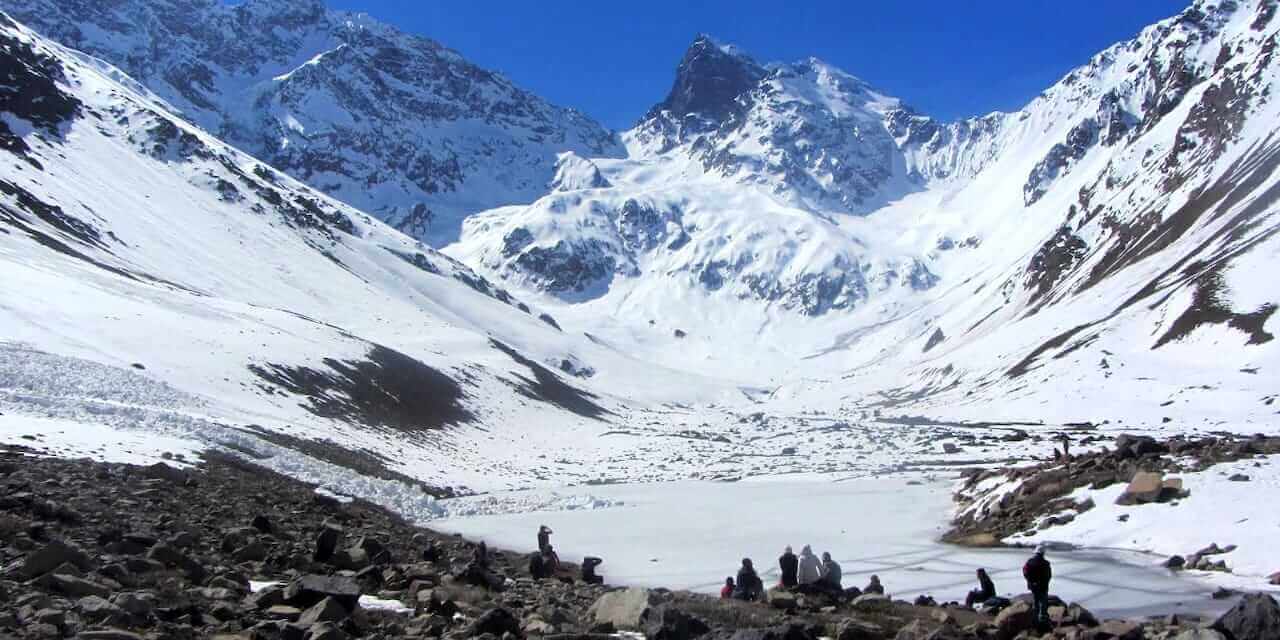
Chile creates a national park to protect 368 central glaciers
The Government of Chile announced on Saturday 5 March, the creation of the Santiago Glacier National Park to protect 368 masses of accumulated ice, which in total represent 56% of the water stored in the capital region.
"It is the first national park in the Metropolitan region that includes glaciers and, therefore, it is a fundamental step that our country is taking to combat the destruction of our nature, the melting of glaciers and the drought that is hitting us," said Chilean President Sebastián Piñera.
The park, of 75,000 hectares, is located in Cajón del Maipo, a mountain range area near the capital, where 8 of the 19 million inhabitants of the country live.
Of the total glaciers it will protect, 118 glaciers are located in the upper basin of the Olivares River and 250 in the Colorado River.
"In addition to their infinite beauty, glaciers are the most important freshwater reserves in the world and have been retreating, losing mass, melting for too long."
This will be the second protected area in the capital region, after the creation of a national park in the former Río Clarillo Reserve in 2020.
In Chile, the national park category represents the highest figure of protection in the terrestrial field and there are currently 42, which is equivalent to 13.2 million hectares.
In addition, there are 46 national reserves, which is a lower category, and about 35,000 hectares of natural monuments, so the total land protected area in the country is 18.6 million hectares.
Source: elagoradiario.com
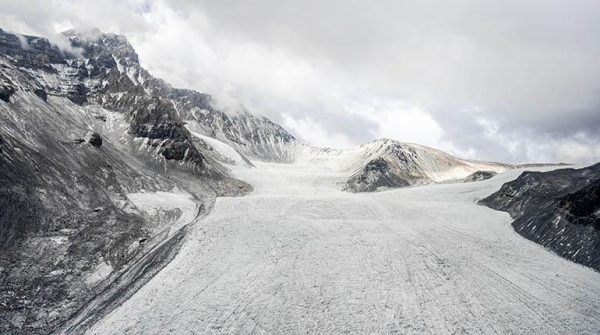
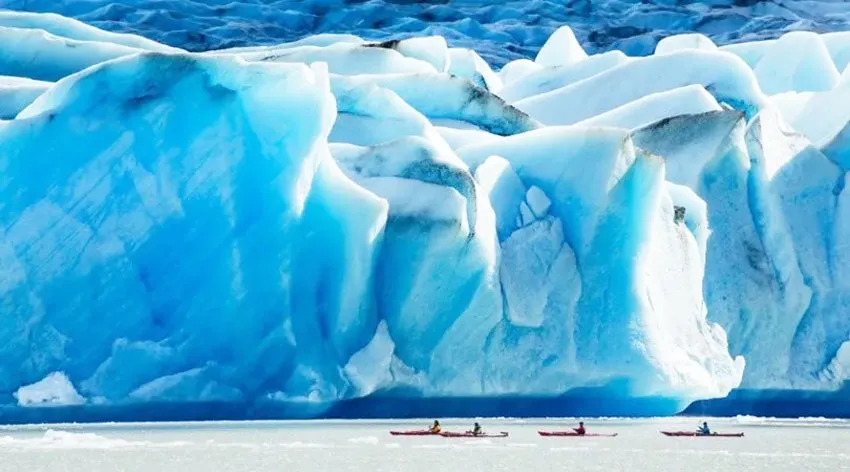
A country mired in drought
Hundreds of icebergs float adrift in the San Rafael lagoon, whose surface is a visible sign of the disproportionate increase in the melting of the 39 glaciers emanating from the Northern Ice Field, in the southern region of Aysén. Next to the Southern Ice Field, they make up the third largest ice mass in the world, only behind Antarctica and Greenland.
Chile, which is experiencing its worst drought in six decades, is the country with the largest water crisis in the entire Western Hemisphere, according to Greenpeace.
The situation is especially critical in the central area, where thousands of inhabitants receive water daily thanks to cistern trucks and last winter record highs were recorded in July that reached 30 degrees.
Source: elagoradiario.com
